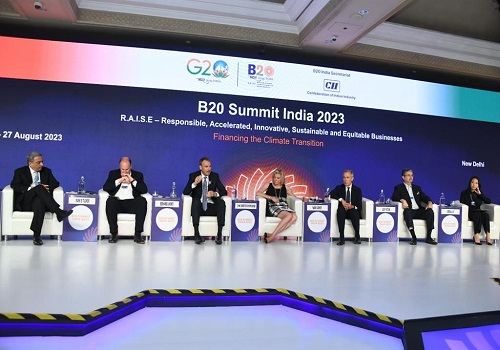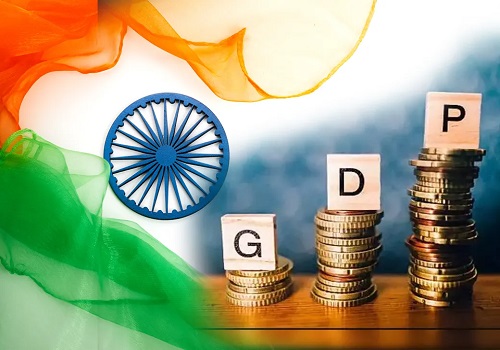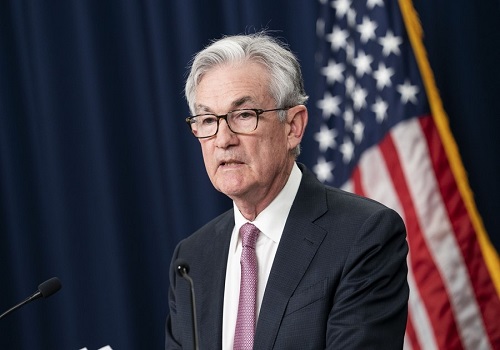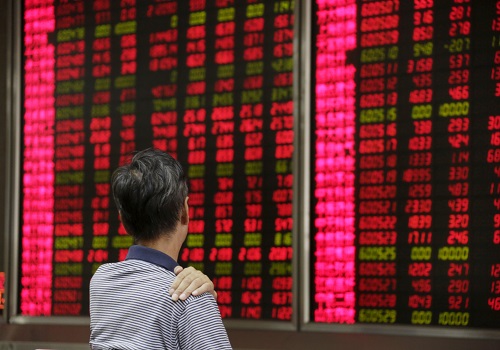Monthly Fixed Income Outlook for December - 2023 by Pankaj Pathak, Fund Manager - Fixed Income, Quantum AMC.

Follow us Now on Telegram ! Get daily 10 - 12 important updates on Business, Finance and Investment. Join our Telegram Channel
November marked some significant moves in the global bond markets with sharp drop in bond yields (rise in prices). The 10-year US treasury fell by 60 basis points in the month from 4.93% to 4.32%, the biggest monthly drop in over 12 years.
The bond rally was aided by moderate inflation and job numbers and dovish comments from the federal reserve board members indicating the rate hiking cycle is over and rate cuts may begin next year. The Fed funds future now predicts near 90% probability of rate cut by May 2024.
Crude oil prices too softened during November with brent oil prices falling to USD 82 per barrel by the month end, 14% lower from its peak of USD 96.5 per barrel touched after the announcement of supply cut by the OPEC+ cartel in September.
Falling global yields along with sharp decline in crude oil prices lent support to the Indian bond market as well though Indian government bond (IGB) yieldsdeclined only moderately by 5-10 basis point.The 10-year IGB yield dropped from 7.35%on October 31, 2023, to 7.28%on November 30, 2023.
Money market rates however surged higherdue to persistent tightness in the liquidity condition. The 3-months Treasury bill yield wastrading near 6.99% at November end compared to 6.94%in the previous month. Yield on the short-term money market securities such as commercial paper (CP) / certificate of deposit (CD) rose more than treasury bills. At the month end, 3 months maturity AAA PSU papers were trading around yields of 7.30%-7.40%.
Liquidity condition remained tight for most part of the month with average daily liquidity deficit of around Rs. 650 billion in November. Increased cash withdrawals during festival season and lower government spending were the main contributors tosuch tight system liquidity.
Towards the end of the month, the banking system liquidity saw some easing owing to bond redemptions and accelerated month end spendings, pushing the daily system liquidity into a slight surplus of around Rs 80 billion.
The core liquidity (banking system liquidity adjusted for government cash balance) continued to remain in a surplus of around Rs. 2.8 trillion. The RBI, in its October policy meeting, expressed its intention of conducting OMO sale to mop up excess liquidity. Given the persistent system level liquidity deficit and slightly declining core liquidity, noise around the OMO sale is now shunned.
Based on the historical trend, demand for cash increases between October to May period. Liquidity condition will likely remain in deficit for most part of next few months. Thus, OMO sale seems unlikely for now.
On the inflation front, a significant improvement was registered in October 2023 with broadbased disinflation across all components. The headline CPI inflation fell to 4.9% y-o-y in October against 5% in September and 6.8% in August. The Core-CPI which excludes the volatile food and fuel prices, continued its disinflationary trend, moderating to 4.3% in October.
With recent jump in vegetable prices, food inflation might drive the headline CPI near 6% during November and December. However, we would expect vegetable prices to cool off with new crop hitting the market during December 2023 and January 2024. Disinflation in the Core CPI is expected to continue for the next 2-3 quarters pulling down the overall CPI inflation. We expect CPI inflation to average around 5.4% in FY24 and around 4.6% in FY25.
Foreign buying in Indian government bonds with no investment cap (FAR – Fully Accessible Route) continued to demonstrate strength in November. Foreigners net bought Rs 96billion ($1.16 billion) for the month of November 2023 and Rs 205billion ($2.5 billion) since the announcement if India’s inclusion in the JP Morgan GBI EM Index.
We expect foreign demand to continue to remain strongdue to India’s inclusion in the JP Morgan GBI EM Index and expected turn in the global monetary policy cycle. Demand for government bonds will also be supported by strong growth in AUMs of PFs, pensions and insurance companies which are large buyers of government bonds.
In December monetary policy, the Monetary policy Committee (MPC) of the RBI held the policy repo rate unchanged at 6.5% and retained the policy stance as ‘withdrawal of accommodation’. The policy tone was very well balanced. The RBI acknowledged the persistent disinflation in the Core-CPI while cautioning about the potential impact of recurring food price shocks.
Given the surprise hawkish commentaries in the previous two policy reviews, the bond market was on its toes going into this policy. So, no negative surprise is comforting for the bond market. We expect the RBI to remain on hold for an extended period though it might change the policy stance to neutral by early next year.
Outlook
Movements in the crude oil prices and global yields will continue to drive the bond market in near term. While there is a strong case for bond yields to go down next year aided by falling inflation and favorable demand supply balance. Lower commodity prices and potential turn in the global monetary policy cycle should also be supportive for the bond markets in 2024.
Long term bonds tend to perform better during falling interest rate environment. At this point, dynamic bond funds are well positioned to benefit from potential fall in inflation over the next 1-2 years.
Investors with 2-3 years holding period can consider dynamic bond funds for their fixed income allocation. Dynamic bond funds have flexibility to change the portfolio positioning as per the evolving market conditions. This makes dynamic bond funds better suited for the long-term investors in this volatile macro environment.
Investors with a short-term investment horizon and with little desire to take risks, can invest in liquid funds which invest in government securities and do not invest in private sector companies which carry lower liquidity and higher risk of capital loss in case of default.
Above views are of the author and not of the website kindly read disclaimer










Tag News

Market Outlook: US bond yields, dollar index, FII data key triggers for next week
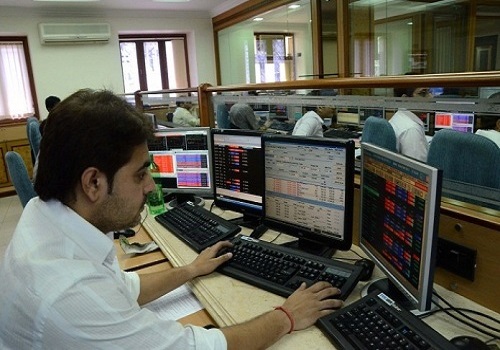




 320-x-100_uti_gold.jpg" alt="Advertisement">
320-x-100_uti_gold.jpg" alt="Advertisement">

